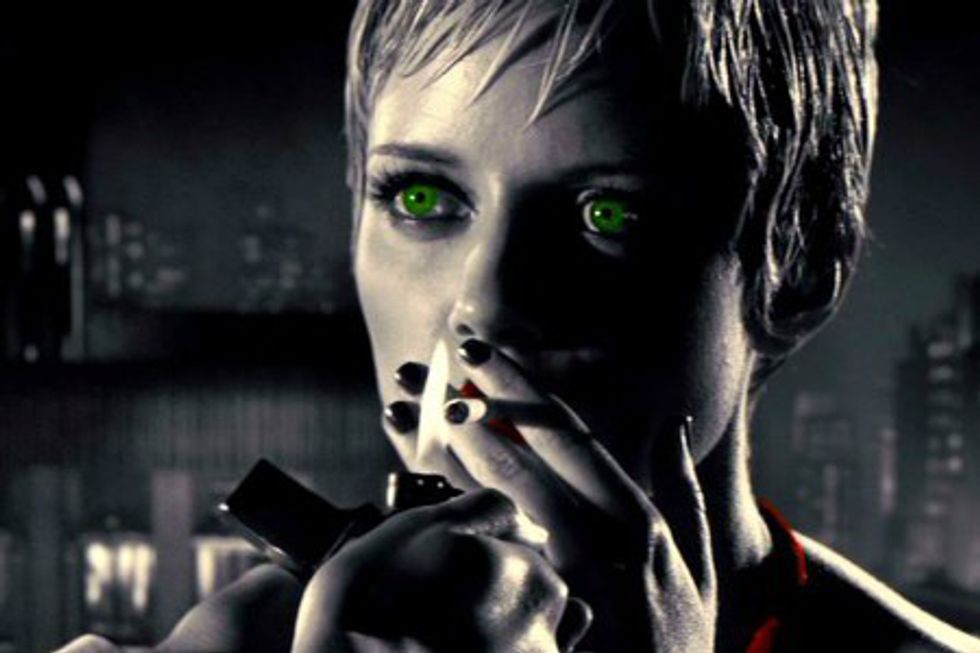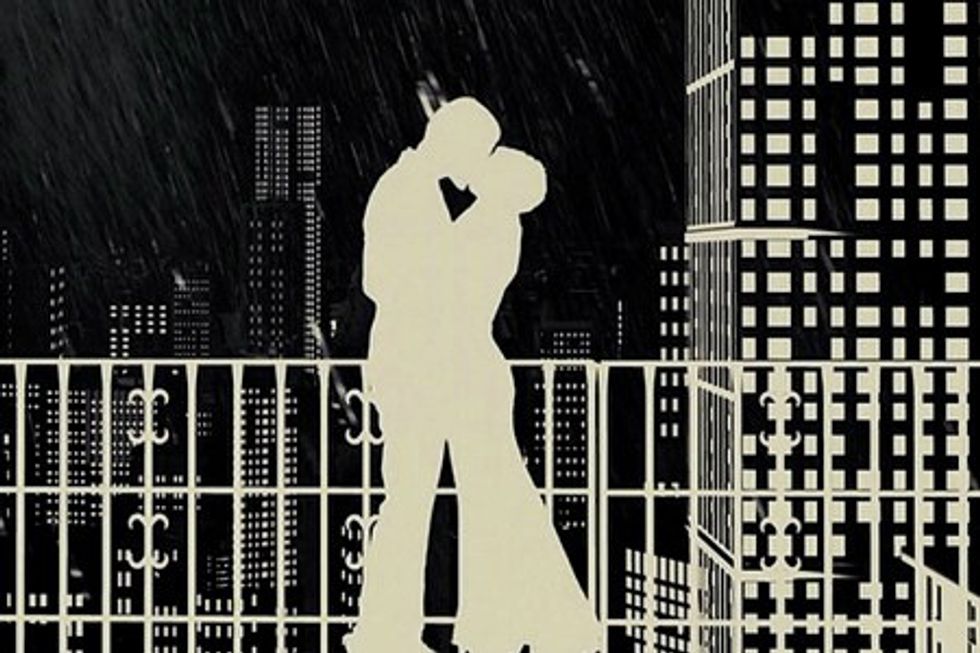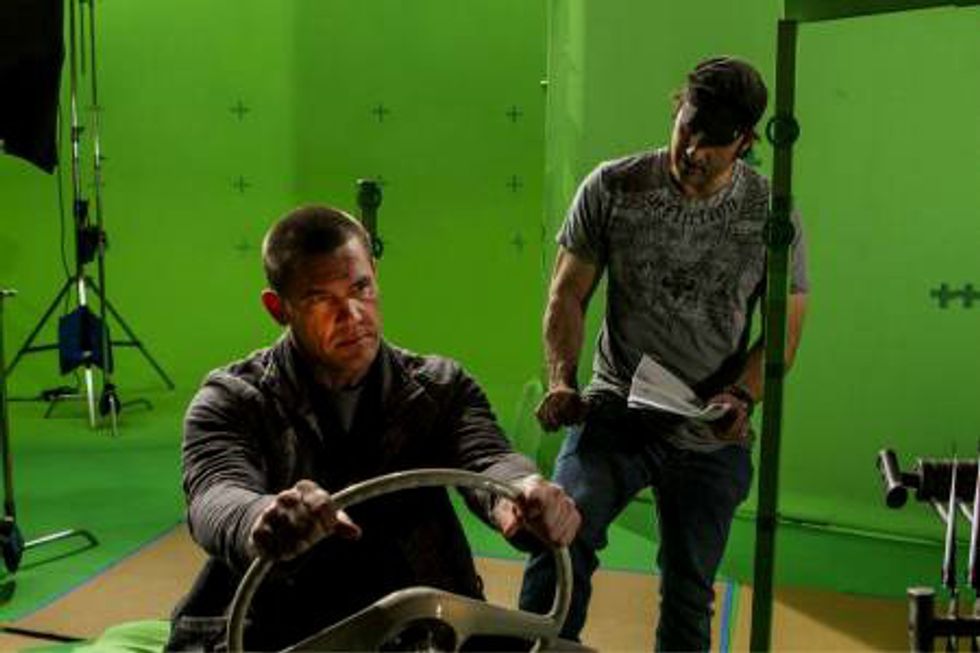Nowadays, a vast majority of films we see on the big screen are sporting eye-popping computer-generated imagery (aka CGI). We have become so accustomed to these that we usually take them for granted, not realizing how much money, time, and effort goes into their creation. Some elitists even go so far as to scorn their use, ignoring the fact that many of our modern classics would have never been made had it not been for this technology.
When I think of CGI in films, numerous successful titles come to mind: "Tron," "The Terminator 2," "Jurassic Park," "The Matrix," "Sin City," "Transformers," "300," "Avatar" -- the list goes on and on; and though I would love to say a few words about all of the above, I shall instead restrain myself to writingabout the one that features, in my opinion, one of the most creative uses of CGI in film: "Sin City."
Based on Frank Miller's graphic novels and directed by Robert Rodriguez, Quentin Tarantino, and Miller himself, "Sin City" tells an engaging neo-noir tale about crime, corruption, love, and revenge in Basin City. Sporting an all-star cast, an amazing score, and a script with four interconnected stories, even without the creative visual effects, this would be a film well worth watching. Yet, in the end, its most memorable aspect ends up being its visuals.
"Sin City" is black and white -- at least, for the most part. To elucidate its visual style, I shall attempt to put the opening scene into words: It starts with a woman overlooking the city. Everything is presented in different shades of grey, everything except her gorgeous red dress. Then, we are treated to a scene where her eyes turn green, just as another character compliments them. Later, though, the eyes fade back to black and white, letting us concentrate on the dialogue instead. As the two share a passionate kiss, they both turn white, and all the grey in the scenery is shifted towards either black or white as we get a two-dimensional side view in style of a graphic novel. All of this creates an atmosphere that is like a vortex, sucking you in and not letting go until the very end.
Naturally, these effects and the film itself could not possibly have been made without CGI. In form of "Sin City," we are treated to a prime example of how technology can fuel artists' creativity, how it can help them bring into reality whatever is lurking inside their minds. But of course, it cannot and should not be denied that, nowadays, many filmmakers see computer-generated imagery as an excuse to get away with weak writing, hoping people will concentrate on the eye candy instead. The sad part is that this actually works, making the practice ever so popular. Regrettably, style over substance always seems to end up defaming the style, and such films often give CGI a bad reputation.
What we need to realize is that bad films have always existed; they did not come into this world with the invention of computer-generated imagery. If anything, had it not been for this technology, instead of bad action flicks, we would be presented with equally bad comedy and drama films, which would be far more unwatchable as they would not even be able to offer the eye candy.
All in all, what I am trying to say is that CGI is helping talented filmmakers express themselves and is making bad films a bit better; and "Sin City" is a prime example of just how necessary it is.





















